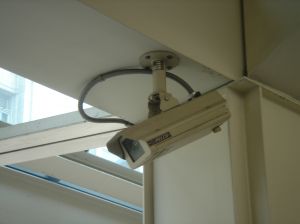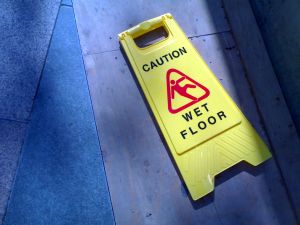 Comparative Fault — see Florida Statute 768.81 –and the Open & Obvious Doctrine are legal concepts that play a role in many premises liability cases.
Comparative Fault — see Florida Statute 768.81 –and the Open & Obvious Doctrine are legal concepts that play a role in many premises liability cases.
Under the principle of Comparative Fault, the jury is asked to apportion fault among the parties to a lawsuit, plaintiff and defendant(s), and others who may not even be parties to the lawsuit. The jury must also place a monetary value on the damage sustained by the plaintiff. These two findings make up what is known as the [jury’s] verdict. Interestingly, a jury verdict is not the same thing as a final judgment, issued by judges, and the final numbers between the two can be significantly different.
Here is a rudimentary example to demonstrate the interplay between verdicts and judgments, and illustrate the principal of comparative fault: Mr. Jones, while visiting a friend’s condominium complex, trips on a large crack in a poorly lit underground parking lot while walking into the building. He falls hard to the ground, landing on his chin and head, sustaining a severe laceration and a concussion. Fire Rescue is summoned and transports Mr. Jones to the hospital. The underground lot is owned by a condominium association that has hired a management company to maintain the premises. It is learned that the large crack has existed for years and has caused other accidents. Unable to settle out of court, Mr. Jones sues the condo association and the management company for negligence. The jury returns a verdict in the amount of $500,000, but apportions fault at 75% (condo. association/management company)/25% (Mr. Jones). Based on the concept of comparative fault, the final judgment for Mr. Jones will be $375,000, or 75% of the total damages found by the jury. (In most cases, the judge has much more to consider than simply performing basic math in reaching a final judgment.)
Until 1973, Florida applied the law of contributory fault in all negligence cases. Under this concept, the plaintiff would be completely barred from making any recovery if it was determined that he or she was at fault in any way, even only 1% at fault. In our example, this would mean that Mr. Jones, although only 25% at fault, would receive nothing for his injuries.
Continue reading
 Florida Injury Attorney Blawg
Florida Injury Attorney Blawg






